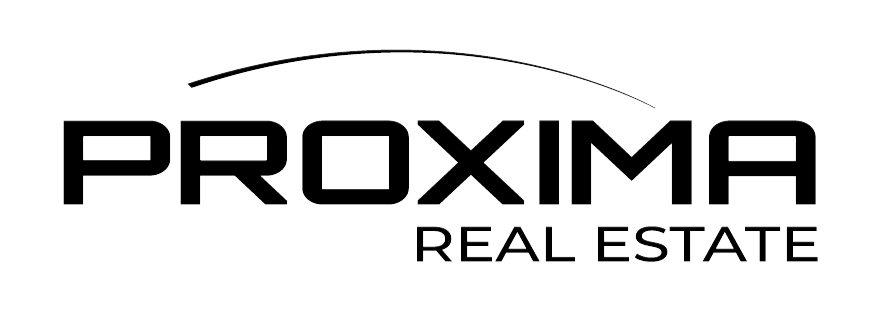In recent years, Kenya has witnessed significant growth in the real estate sector, with a surge in residential properties available for rental purposes. Alongside this boom, the government has introduced measures to ensure that this income is appropriately taxed. One such measure is the introduction of the MRI tax, which applies to residential rental income earned by resident individuals or companies within a specific income range.
Understanding the MRI Tax
The MRI tax, or Monthly Rental Income tax, is a fiscal policy that has been implemented to regulate and tax income earned from residential rentals. It applies to resident individuals or companies whose rental income falls between Kshs. 288,000 and Kshs. 15 million per annum.
Flat Rate Taxation
One of the key features of the MRI tax is its flat rate of 10%, which is applied to the gross rent received per month. This means that regardless of the expenses or losses incurred in maintaining the property, the tax is calculated based on the total rent collected.
No Deductions Allowed
A notable aspect of the MRI tax is the prohibition of deductions for expenses, losses, or capital deductions from the gross rent for the purpose of calculating the taxable amount. Unlike other tax regimes, which allow property owners to offset expenses against their rental income, the MRI tax takes a more straightforward approach.
Reduced Tax Rate for Resident Persons
In a move welcomed by many, the Act has reduced the tax rate on residential rental income earned by resident individuals from immovable property. The rate has been lowered from 10% to 7.5%, which is expected to encourage compliance from a segment that has historically been challenging to bring into the ambit of taxation.
The Impact on Rental Property Owners
For individuals and companies engaged in the residential rental market, the MRI tax has both positive and negative implications. On the one hand, the simplicity of the flat-rate system streamlines the tax process, making it easier for property owners to fulfill their tax obligations.
However, the prohibition of deductions could present challenges for property owners with high maintenance costs or those who have made significant capital investments in their properties. This aspect of the tax regime may necessitate careful financial planning to ensure profitability and compliance.
Read more: Impact of Kenya's EV tax break on real estate.
Boosting Compliance and Revenue
The reduction of the tax rate for resident individuals is a strategic move by the government to encourage compliance within this segment of taxpayers. By providing an incentive through a reduced tax burden, the authorities aim to bring more rental property owners into the formal tax system, ultimately increasing revenue for public services.
Conclusion
The introduction of the MRI tax in Kenya represents a significant step towards regulating and taxing income from residential rentals. While its flat-rate structure simplifies the taxation process, the prohibition of deductions may require property owners to approach their financial planning with greater care.
The reduction in tax rates for resident individuals is a positive development, aimed at fostering compliance within this segment. As the real estate sector continues to evolve, it is crucial for property owners to stay informed about tax policies to ensure both profitability and adherence to legal obligations.
Also Read: The paradox of land pricing in Kenya
